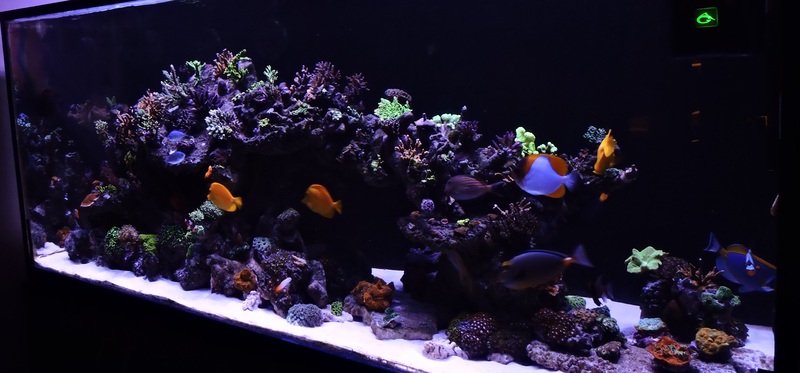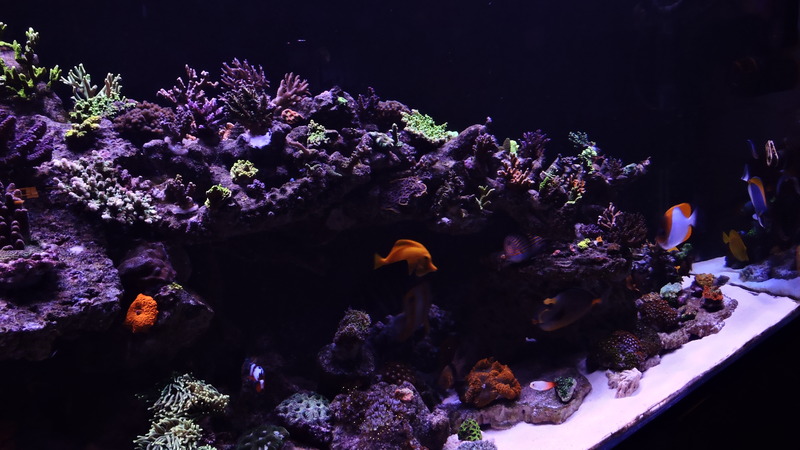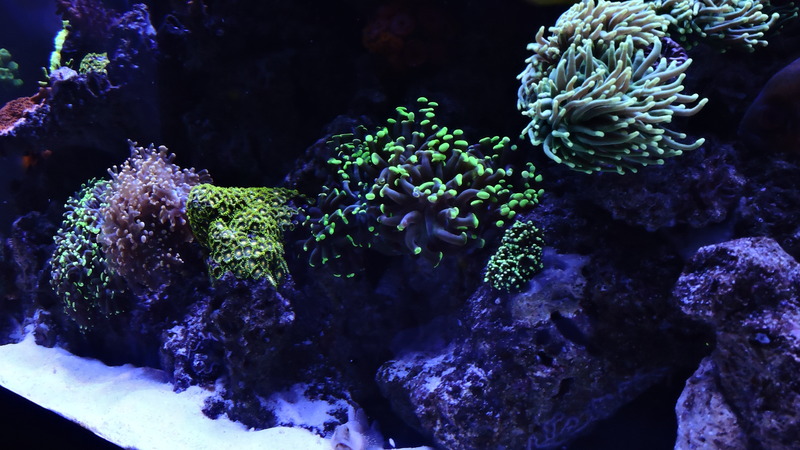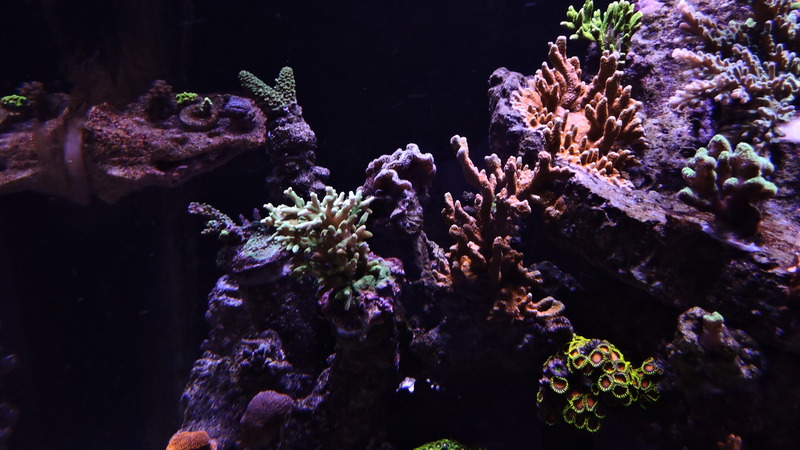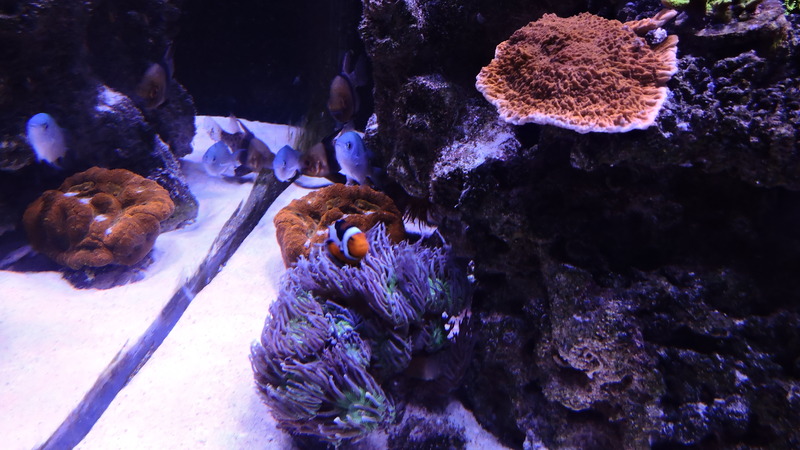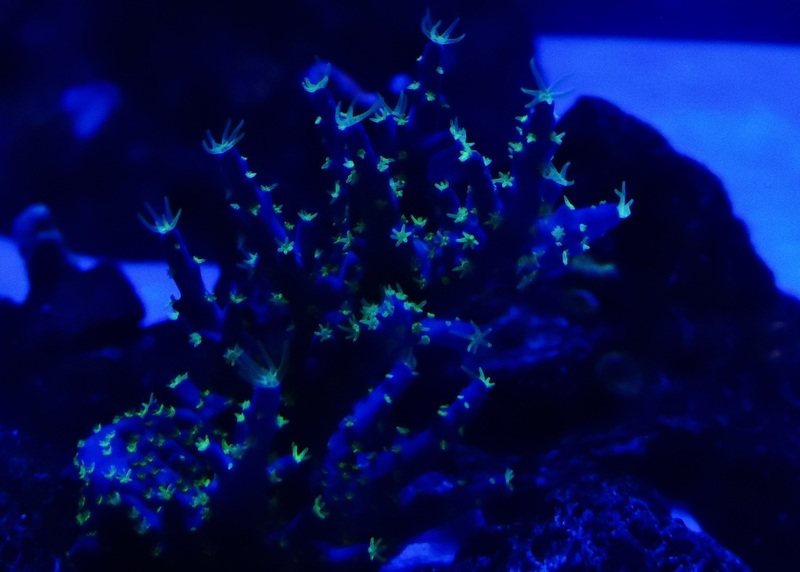I have been using NSW right from the ocean in my reef for 48 years and counting. I used to only use a little of it because I didn't live close enough to the sea but now that it is 90 yards from my house I use only NSW.
I usually filter out floating stuff like chopped up seaweed, jellyfish. sand etc. But it is fine just the way it is.
I also used bleach, "Clorox" to be exact in my reef a few times many years ago. In those days I would put in one cup of Regular Clorox to 50 gallons of water to kill any parasites, worms, sea gulls etc. That I didn't want. (After I removed the fish) That was in the 70s when I would occasionally lose fish to parasites because I didn't know better, now parasites are not a concern so I have no need to do that.
But the first squid eggs were hatched in captivity in bleach treated water. That bleached water is still in my tank as it has never been fully emptied.
I didn't invent the bleach thing, it was "Robert Straughn" The Father of Salt Water Fish Keeping.
I don't use bleach now for anything except to whiten my unmentionables.
I usually filter out floating stuff like chopped up seaweed, jellyfish. sand etc. But it is fine just the way it is.
I also used bleach, "Clorox" to be exact in my reef a few times many years ago. In those days I would put in one cup of Regular Clorox to 50 gallons of water to kill any parasites, worms, sea gulls etc. That I didn't want. (After I removed the fish) That was in the 70s when I would occasionally lose fish to parasites because I didn't know better, now parasites are not a concern so I have no need to do that.
But the first squid eggs were hatched in captivity in bleach treated water. That bleached water is still in my tank as it has never been fully emptied.
I didn't invent the bleach thing, it was "Robert Straughn" The Father of Salt Water Fish Keeping.
I don't use bleach now for anything except to whiten my unmentionables.





